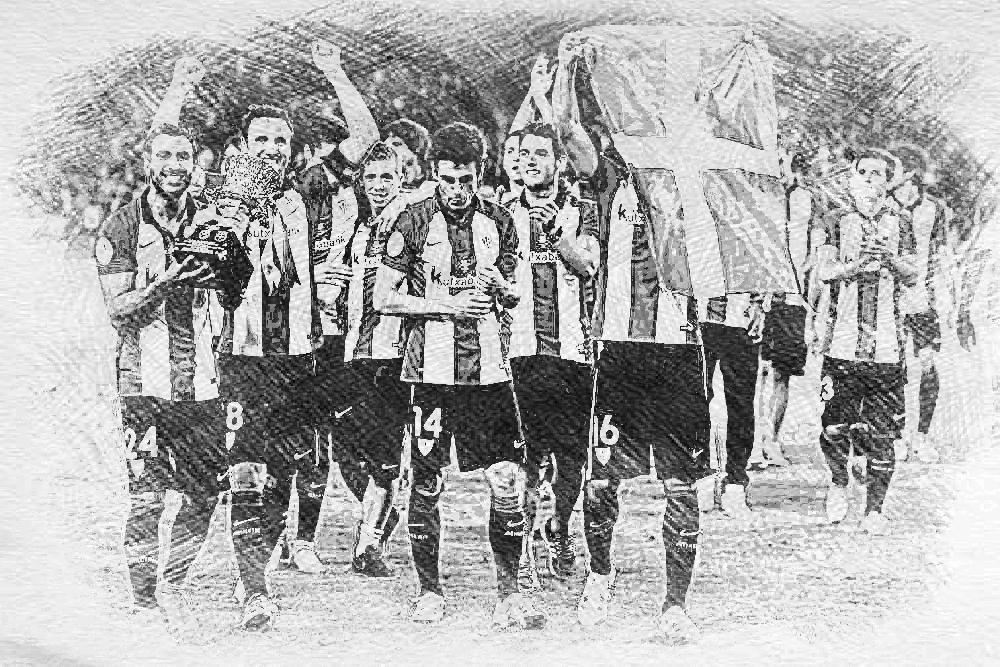
Total Football Journeyman: Basque Christmas
Guide to FM22 “Hard Mode”
My advice to any new Football Manager player, don’t be afraid of change. If your tactical approach isn’t working, don’t keep doing the same thing hoping for different results. That’s madness. Sometimes even the most logical tactics don’t work. You might feel compelled to stick with the tactic to the bitter end. After-all, you’ve invested valuable time coming up with the formation and recruiting suitable players. And most of the time it’s not your fault. On paper the theory is sound. And the players suit the tactic perfectly. Yet, the style you chose is one that most opponents in your league are able to counter easily. As they say, don’t come to a gun fight with a knife. Even the best knife in the world won’t help. The reasons for tactical failure could be many. But the solution isn’t to persist with same approach until you lose your virtual job.
This was more or less the tactical approach that I have been trying since the start of the Beta. You can read more about it in my previous article. But since then I have implemented some changes.
While it has been quite productive in the beginning, it became more leaky and less consistent the more I played with it. I tested this formation with two very good teams, Real San Sebastián and Porto. Both teams had relatively strong technical squads. While Real San Sebastián was lacking in pace on the wings, Porto’s squad seemed perfect for this style. Nevertheless, after about 3-4 in-game months, I was not happy with the results. With both teams underperforming, I decided to hit the reset button. I felt like I needed both a tactical change and a change in my choice of club to test 3-4-3 Diamond with. I was definitely not ready to give up on Cruyff’s diamond. Instead, I decided to incorporate some of the advise from my readers and makes some tactical changes.
Above is the modified formation that I finally settled on. Still a 3-4-3 Diamond at its heart, but with a few very important changes which I will discuss soon. It might not look like Cruyff’s original Barcelona tactic but more importantly it still plays like it when in possession.
So without further ado, I am leaving my Beta saves behind and presenting the club I will be using for the rest of my FM22 Total Football experiment. The one and only, Los Leones! The Athletic Club de Bilbao. One of the most unique managerial experiences that any FM player could, and should, experience. It is a save that I repeat almost every year in Football Manager, going back to FM14. There is a good reason why. It is probably the most fun you will have in any version of the game. Even if you are new to the game. Especially if you are new to the game. It’s the save I recommend if you want to learn more about the advanced elements of the game. Elements such as negotiating contracts, developing your scouting network and assessing your team to come up with the most suitable tactic.
Athletic Bilbao – Football Manager’s Secret Hard Mode
When new FM players ask me what is the single best way to learn the ropes in the game, or to take your game to the next level, I always suggest the same thing. Start a save with one specific club in the game (and stick with this save for at least one season). Trust me you will thank me for it later. The cool thing about this method of learning the game is that it works for any version of the game, whether it is the newest 2022 iteration or my personal favourite, FM2014. Also this club that I want you to choose will always be the same. The one and only, Athletic Bilbao. The unofficial “Hard Mode” of Football Manager.
In my opinion, the most effective way to improve your skills at anything is through persistent challenge. This way you have no choice but try to use all of the tools at your disposal. And if you do not succeed from the start then you must persevere until you achieve your goal. Furthermore, it triggers a self-perpetuating cycle. The satisfaction you get from such hard-won success will breed more desire to experience it all over again.
A save with Athletic Bilbao will offer you a fair amount of challenge. And the the high you will get from the eventual success will feed right into this positive reinforcement loop. It’s something that keeps my Athletic saves fresh and going far longer than any campaign I had with big clubs like Barcelona or Man City. It’s rather simple, Bilbao’s Basque only policy forces you to focus on developing your youth talent from within.
The option of buying Basque players from other Spanish clubs, like Real San Sebastián or Atlético Pamplona, is always there of course. But the history of fierce rivalries between the Basque-region clubs adds some extra challenge. The way that rivalries are coded in the game, it’s assured that prizing promising talent from rival clubs will be next to impossible or, at best, very pricey. So even 20 years into your save, and with a sizable transfer budget, you still won’t be able to “buy” your way to victory.
I always play my Athletic saves as a youth academy challenge. Meaning that I avoid signing Spanish players who are 16 years old or younger. While such players can gain Basque nationality and can therefore play for Athletic, I stick with a more purist approach of giving a chance to the players that come through our own academy or cantera (fittingly, “quarry” in Spanish). Sometimes infrequently I will sign a player who comes from the cantera of one of the other Basque clubs (especially the big ones like Eibar, Real San Sebastián, Atlético Pamplona and Alaves). But that is only if I have no Athletic youngster to fit the role required by our tactic. Our own kids will always get priority over any similarly skilled youngster from another club. Being part of Athletic Bilbao is not just about belonging to a football club, but more about being part of the Bilbao family.
Role-Playing Side-Note – Dream Team Connection
So having mentioned all this, you will probably find it a little weird that my virtual manager persona is not Basque.
In all of my FM saves, I am more than partial to a bit of role-playing. FM22 is no different.
Hristo Stoichkov! A common sight in the LaLiga highlight reels from the early part of that greatest decade in world football, the 90s. He was both feared and respected for his unique mix of aggressive determination and smooth technical brilliance. Like a Damascus steel dagger that is both a piece of art and a deadly tool. Arguably, the Bulgarian international was Johan Cruyff’s most brilliant acquisition at Barca. Hristo was the last puzzle piece that Cruyff fitted perfectly to complete his Total Football puzzle. So 30 years later, who better to bring Total Football to Los Leones than Hristo, hero of Cruyff’s Dream Team.
Most Unique Save in FM
Promoting local talent and building from within is at the heart of Athletic Bilbao philosophy. Such local-biased approach to team-building is a breath of fresh air in our current globalized footballing world ruled by TV money deals and the constant pursuit of next big wonderkid. It also what makes each Athletic save into one of the most unique experiences in Football Manager. Back in the days of FM14, it’s what drew me to managing this club from the picturesque Bay of Bay of Biscay region encompassing parts of Spain and France.
I always liked developing youth talent in FM games, and at Athletic Bilbao youth development is everything. It’s the main meal and not simply an appetizer of your managing experience.
Furthermore, managing Athletic can turn into a superb learning experience when it comes to critically assessing the strengths and weaknesses of your squad, and deciding which players to build your tactic around. You have no choice but to get good at this aspect of the game because of having to deal with a limited pool of talent. No longer will you be able to dismiss a player simply because his ability score is 2.5 stars and not 3.
Sometimes you will find yourself holding onto an older player long past the time you would normally do in any other save because there are just no other candidates for his role. A player languishing in your B team, could suddenly become your first choice striker. You will learn to be flexible with your expectations and think more along the lines of real football managers. Don’t choose a player because he has 5 star potential but because he has the best set of attributes to perform his specific role in the tactic.
An Athletic save will teach you how to realistically build a team with very good depth and how to use the reserve system properly to develop your youngsters. Not to exploit the game and buy up every single wonderkid from online lists. Finally, you will appreciate your current players more once you are no longer driven by the pursuit of the next 5 star wonderkid.
In addition, scouting for the next big Basque wonderkid becomes a separate game in itself. Developing an extensive scouting network early on can reap rewards years into your save. Finding the next Spanish international superstar from a small regional Basque club is almost as rewarding as getting that Golden Generation youth intake. And speaking of Golden Generations, you will have plenty of those. Especially if you manage Athletic for more than a couple of seasons. Athletic Bilbao is famous world-over for the quality of its youth facilities and cantera.
Anyway, I digress. If there is enough interest I could discuss my youth development and scouting tips in a future update. For now lets examine the latest modification of my 3-4-3 Diamond tactic and why I think Athletic Bilbao is such a good fit for it.
As you can see, I made a few modifications to give my formation more defensive solidity. But at heart I still hope it retains what makes 3-4-3 diamond special: ability to absolutely dominate the midfield, controlling the ball inside the opposition’s half. And a quick vertical channel to consistently move the ball into dangerous positions in the final third. Vertical Tiki-Taka if you will.
The first major change involved moving the wingers back to their original ML/MR positions (like in the original “beta” version of the tactic). Then I moved the mezzala into AMC position as an attacking midfielder (support). This way when DLP and supporting AMC drop back (Muniain has “comes deep to get ball” trait) a diamond in midfield is formed. To compensate for the more conservative midfield, both WMs are very offensively-minded players with good pace and aggressive traits. Berenguer has “get further forward” and Inaki Williams – “move into channels”. I also tell both roles to “get further forward” in case the player does not have a trait like that.
As a result, it is essential that both WMs possess relatively high values in their positioning, acceleration and workrate attributes. Meaning that you will want players who can readily drop back into their defensive positions in MR/ML strata when defending. From their deeper defensive positions, your wingers should be better at getting back into defensive positions during the opposition counter-attack. And like in the previous version of the game I use the same specific marking instructions. So the wide midfielder should be marking the opposition wingbacks or fullbacks.
Johan, meet Louis. Louis, Johan.
The idea behind the tactic is rather simple. To be honest I was inspired quite a bit by Louis van Gaal’s own take on 3-4-3 Diamond. In early 1990s, he took over Ajax in the shadow of Johan Cruyff. Then surprisingly he proceeded to implement a style that was rather similar to what Cruyff was doing at Barcelona. To say that van Gaal was inspired by his one time fierce rival is probably an understatement. But you definitely would not want to say this to him in his face.
It was no secret that the two famous Dutchmen did not see eye to eye. Neither when they were managers, nor during their playing careers.
Nevertheless, Louis van Gaal’s masterful use of of 3-4-3 diamond led to Ajax’s second golden period of success. With the staunch Dutchman at the helm the team experienced unprecedented era of success throughout the mid-1990s. A golden era which was capped with a 1995 Champions League trophy. Domestically, Ajax were impossible to play against. Throughout 1994-1995 season they were undefeated, retaining the title with a record of 27 wins, seven draws and no losses. All the while scoring an incredible 106 goals. That’s an average of 3.12 per game! 3-4-3 Total Football was king again. But how did Louis van Gaal’s diamond differed from Johan Cruyff’s?
Most interestingly, the style Louis implemented at Ajax was more direct and attack-minded than what Cruyff developed at Barca. It was much more varied with more intense focus out wide. Not surprising, given the quality that van Gaal possessed in the winger positions. Both George and Overmars were generational talents.
In his prime, Marc Overmars was an “the archetypal winger” possessing incredible pace, vision, dribbling and two-footedness. He could get the better of most slower defenders and score or assist goals with ease. In fact, pace was such an important part of his game that it earned him his nicknames TGV and Roadrunner. Finidi George was a player in much similar mold. He is still considered to be one of the greatest wingers to have come from Nigeria. In addition to being extremely fast and very good dribbler, George was also tall (6 ft 3 in) which aided him in getting on to the end of crosses from his pacey wing partner.
With two world-class wingers patrolling the flanks it is not surprising that van Gaal decided to go with an out-and-out striker upfront. Although it could be argued that Patrick Kluivert was the most complete Dutch forward of all time. He possessed the physique (pace and height) of a Targetman married to strong technical skills and football intelligence of a graceful Trequartista. All in all, a very versatile player. Kluivert used his height, and strong physique to dominate aerial balls with one of the best headers in the game. Aside from his sharp eye for goal, he also possessed good vision coupled with tactical understanding of how to play in several other positions across the pitch. And van Gaal knew how to fit this young Dutch prodigy into his 3-4-3 diamond.
Although Louis van Gaal’s striker did not play like a simple poacher, neither was he a False 9 that Cruyff used at Barcelona (Laudrup, prior to arrival of Romario). Ideally I would play a Complete Forward on attack duty here. Or if you do not have a complete enough player, a Pressing Forward or Advanced Forward. Basically you want someone who is not afraid to get in the face of opposition defenders and really pin their defensive line back. But at the same time he should be intelligent enough to realize that dropping back to support the midfielders is necessary during build up sometimes. Hence, you will definitely want a well-rounded striker with decently high attributes in both Teamwork and Workrate.
Meet my newest acquisition from the rival Real San Sebastian! Kuki (my personal nickname for him because I cannot hope to pronounce his name correctly) is the future young Basque star to lead Athletic to continental glory. Hopefully he will do for Athletic what Kluivert did for Ajax.
Behind our striker is where my system both takes inspiration and differs a little from van Gaal’s and Cruyff’s. Both of their Diamonds employed some kind of shadow striker in AMC position. Litmanen at 1995 Ajax and Bakero at 1992 Barcelona. As per in-game description of shadow striker, you’ll want one of your hardest workers in this role. If not THE most hardworking attacker. Similarly to the sole central striker, you do not want a player that disappears during transition or out-of-possession phase. Athletic’s Raul Garcia still remains a great example of a shadow striker, even if his physical attributes declined somewhat.
Winning the ball high up the field and transitioning quickly into attack, were important elements in both van Gaal’s and Cruyff’s tactics. Hence I decided that in the FM22 to help us achieve this, it is better to have another hard-working midfielder in the AMC position. Having two attacking midfielders in close proximity to the striker will firstly help to pick up any headers or layoffs coming from the striker. Secondly having as many as five players (once your fast wingers join in) in advanced positions should make our pressing game much more effective. But rather than having two shadow strikers attacking the same space and moving into the same half-spaces, I opted for another more supportive midfielder. This way we could create a sort of staggered sideways diamond (or rectangle if you will). The combination of an attack and support duty helps in creating more varied and complimentary movements.
In the image above, note how most of our shots are coming from within the penalty area. Then in the bottom left panel you can see our players’ average positioning. In order to help create that district diamond shape in possession, there are some specific player instructions that I use.
Having my attacking midfielders stay wider while the wide midfielders stray narrower ensures that all four create a more compact attacking unit. And at the same time it ensures that they use the full expanse of the pitch. Thus they can make themselves more readily available for short passes and one-twos. Also it helps us overload both half-spaces at the same time. Contrary to the image, I tell both wide midfielders to “get further forward”. Although the right winger, Inaki Williams probably benefits the most from this as he can exploit the space created by the right supporting attacking midfielder (Muniain).
The only other PIs I use are “close down more” on my two central midfielders. And “stay wider” on the Ball-playing Defender.
Finally on that note, here is the link for the updated tactic download. Thanks for reading!
And if you enjoyed this article, then please follow us @ Dictate The Game’s Facebook and Dictate The Game’s Twitter.

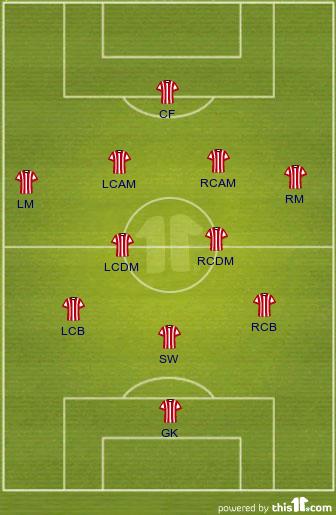
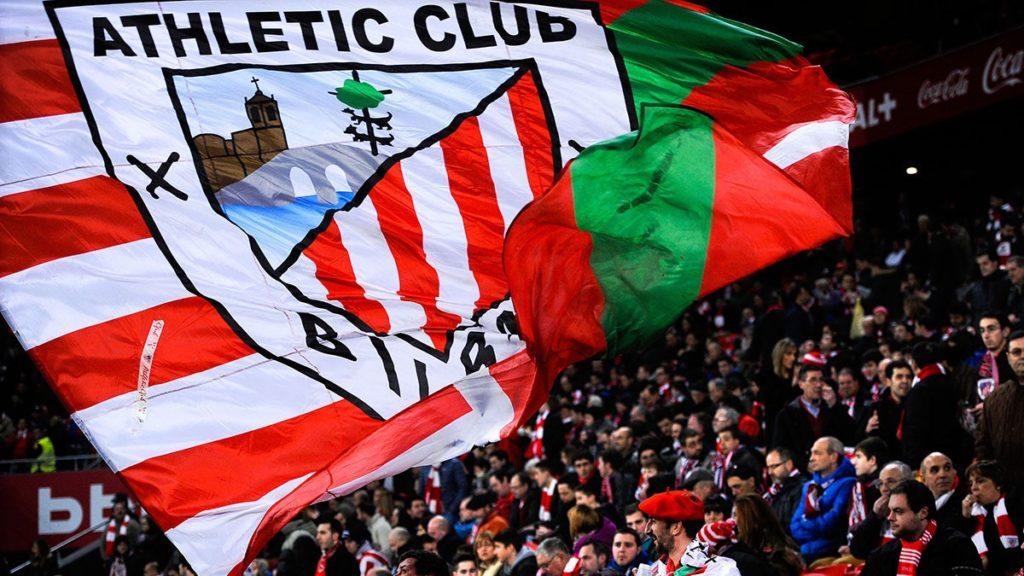

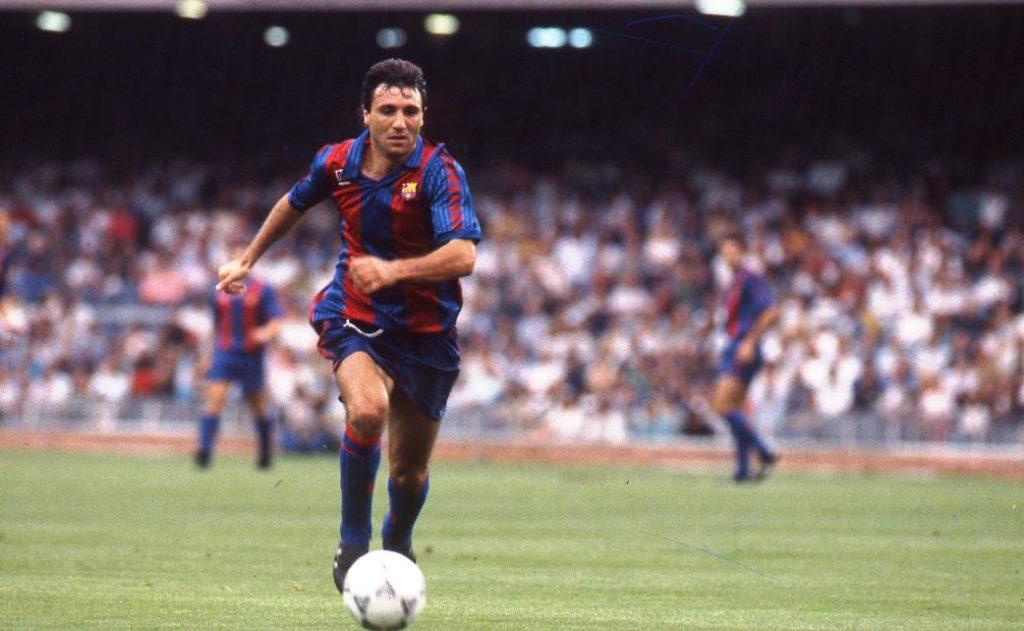


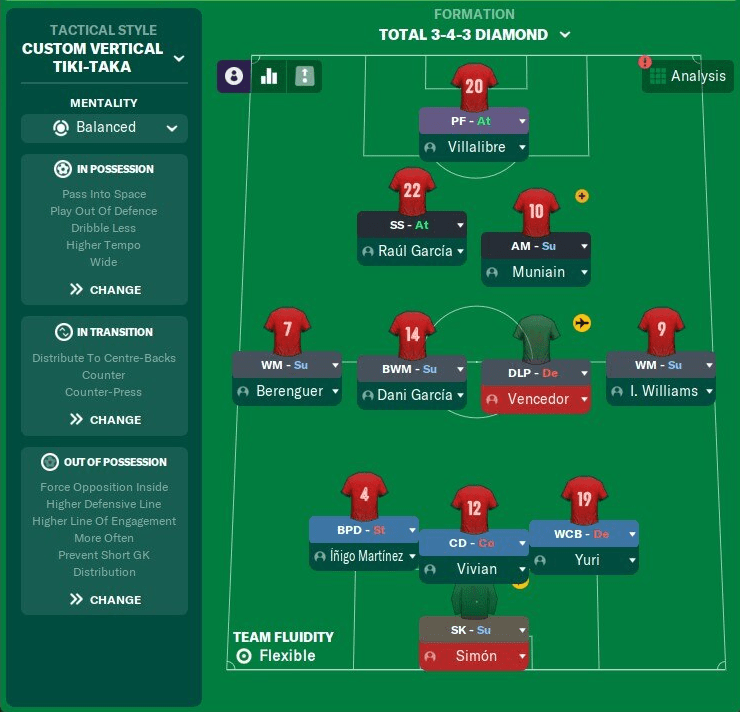
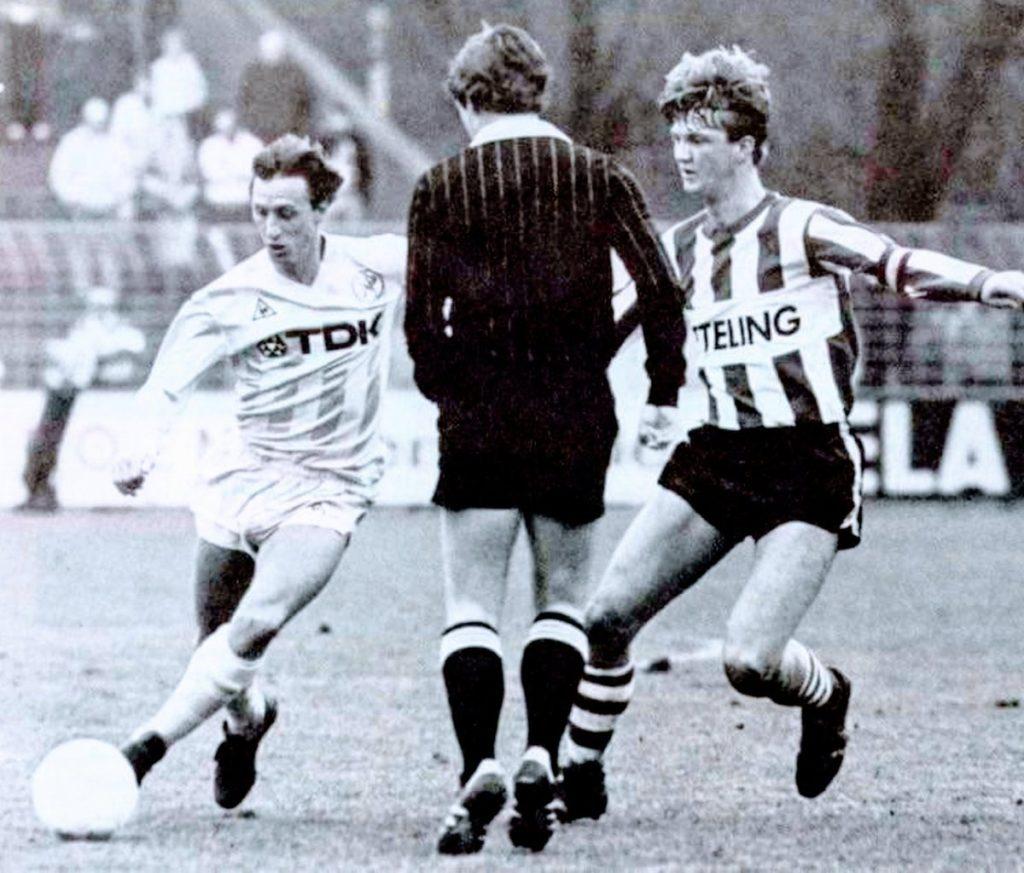
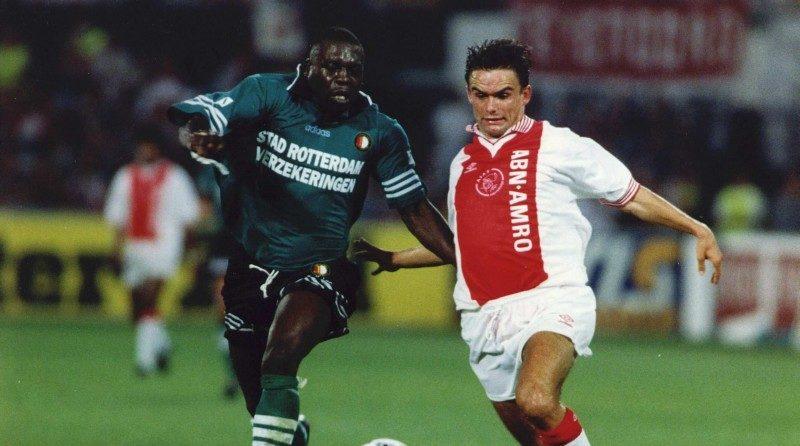
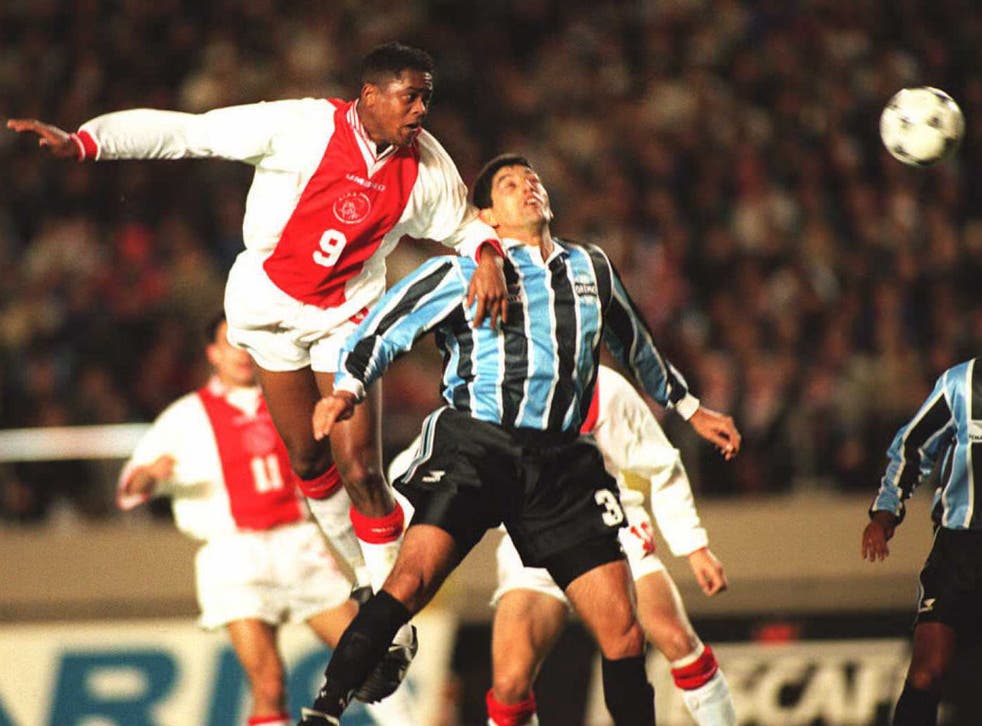
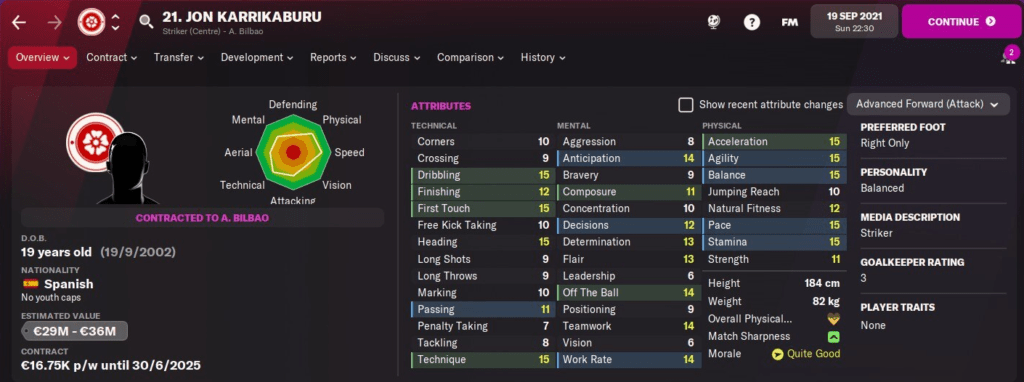
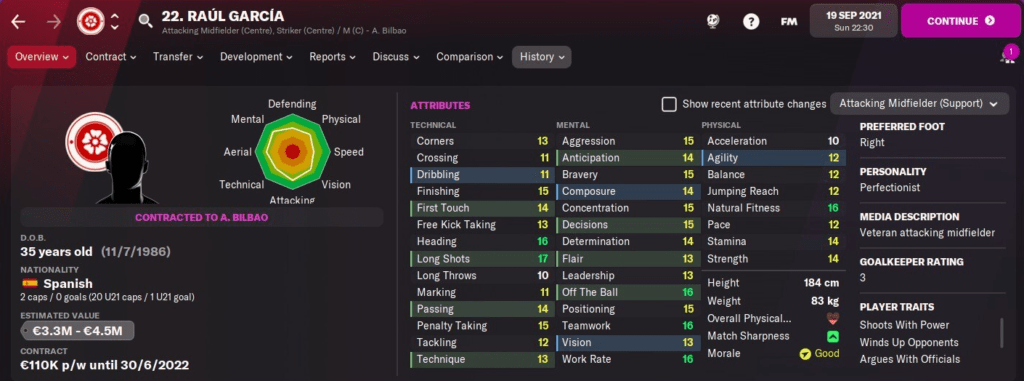
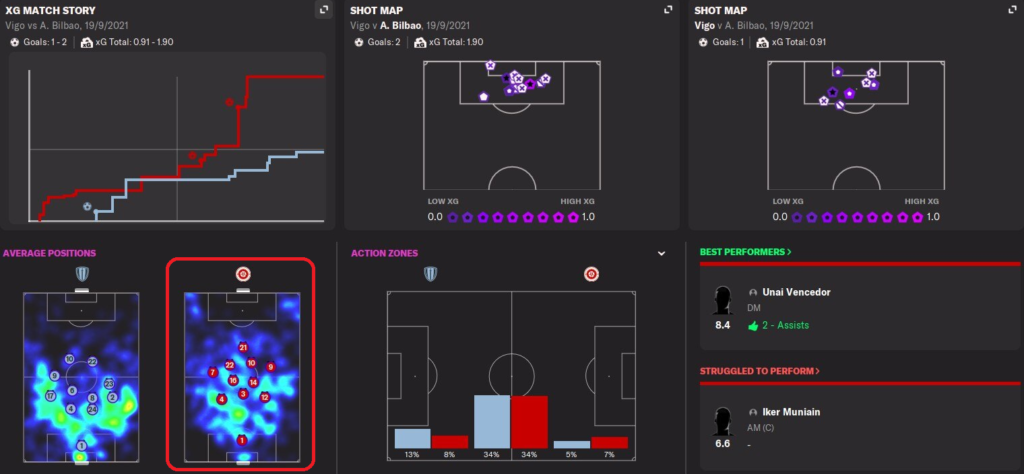
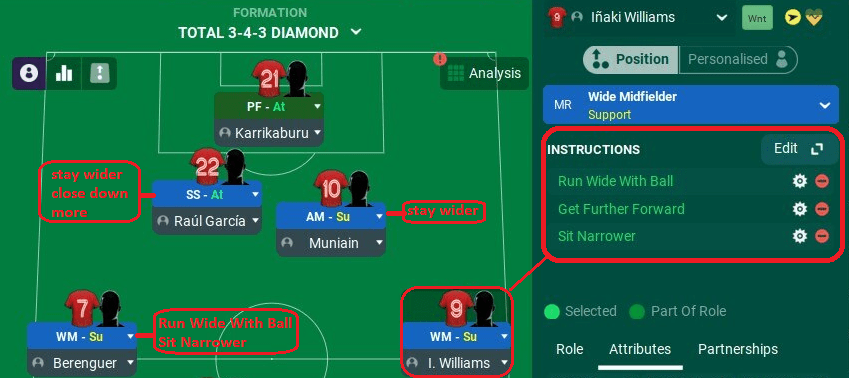
3 thoughts on “Total Football Journeyman: Basque Christmas”
Hi
this article has the same file as the previous one. is it supposed to be like this?